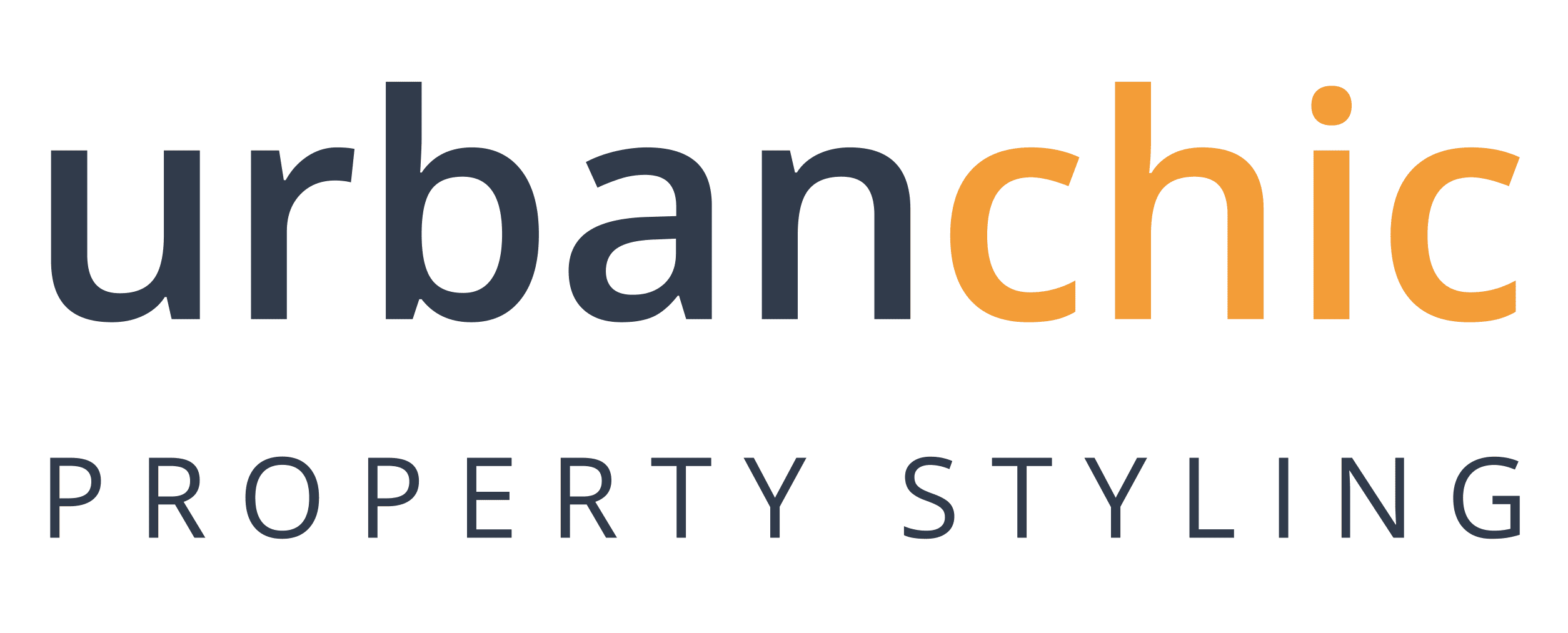In our search for cheap but effective cleaning tricks to use around the house we’ve learned that vinegar, lemons, and baking soda all take prizes. Cleaning with safe, non-toxic household staples can save a boat-load of money and pretty much do any heavy-duty task you can find. Professionals whose job is styling properties swear by these. They also cheer for another item – this one found in your medicine cabinet.
Hydrogen Peroxide doesn’t seem to get the press that vinegar does, but it can be just as effective at disinfecting and sanitising. It even tackles laundry duty like a champ. (Remember that guy on television who sells a product with OXY in its name? He and his legendary laundry elixir rely on the single molecule of oxygen that separates water from hydrogen peroxide.) Chemically, plain old water is H2O, add another oxygen molecule to the mix and you have H2O2, hydrogen peroxide.
When you are cleaning your house in preparation for listing it for sale, you don’t have to spend an arm and a leg. Usually the brown bottle of 3% Hydrogen Peroxide can be had for a song – so little, in fact, that you can practically use it like water. (Our friends in the business of styling properties remind us to keep your HP in that brown bottle, though. When H2O2 is exposed to air and light, it tends to dissipate, turning back to plain old water. A brown bottle has a one-year shelf life if you keep it in the dark.)
• Hydrogen Peroxide is an effective antiseptic, but it does amazing things with stains. Grass stains, blood stains, even wine stains will succumb to that powerful extra molecule of oxygen. Keep several bottles handy as you prepare your home for sale – if you find a stain of unknown origin on your carpet – or on your marble benchtops, for that matter – try removing it with HP.
• Pet stains and odours will disappear when you treat them with Hydrogen Peroxide.
• Marble benchtops are notorious for staining unless or until they are sealed. If you develop a stain on that marble floor in the bathroom, mix regular white flour into a paste with HP, then apply it to the stain using a soft bristled toothbrush. (White flour in this recipe is meant to hold the paste in place while it works. Also very widely recommended is baking soda used the same way. See more on that below.) Cover it with plastic wrap to keep it from drying out, and then leave it overnight. Wipe it up the next morning. The stain should be gone or, at least, lightened considerably. You may have to re-apply the paste and have a second go round, but the appearance of the stain will diminish each time.
• This same paste of HP and white flour (or baking soda), is a great way to lighten and brighten the grout between your tiles. Use the same technique and, after an overnight soak, your grout lines will be much brighter. (So, by the way, will your fingernails. Soaking stained nails in HP for fifteen minutes will clean and disinfect these too!)
• Pour a cup of this stuff in your toilet bowl and/or toilet tank and you can see it brighten up any stains you might have there.
• Regular soaking of your family’s toothbrushes in HP will kill germs and bacteria and using it as a mouth-wash will help to keep your smile brighter as well. (It is one of the key ingredients of those spendy little whitening strips.)
• HP is also a must to have in your kitchen, where it’s particularly useful in sanitising benchtops, cutting boards and your butcher’s block if you have one.
• As an all-around cleaning solution mix warm water and peroxide in equal parts then add a tablespoon of dishwashing liquid. Mixed in a spray bottle this solution will clean just about anything, and will make your laminate floors shine without over-wetting them.
In truth, we could go on and on about the marvellous qualities that come with the extra molecule of oxygen in hydrogen peroxide, but the important lesson here is to keep this stuff around for challenging stains. When it comes to styling properties, hydrogen peroxide is one formidable cleaning partner.
##
V. Mason – January 2, 2018




